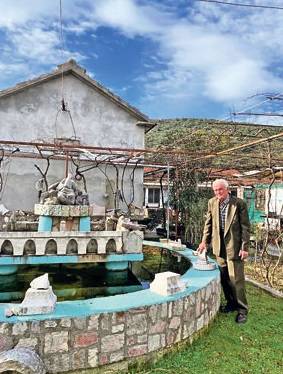
Grbalj, the cradle of Serbianism and Orthodox shrines
Branko Đurić is the guardian of tradition and memory of hardworking homesteaders who cultivated the land, planted vineyards, orchards and olive groves
From our correspondent
Podgorica – The cradle of Serbianism, the Holy Mountain on the foam of the sea, the vast Grbaljsko polje and Grbljani are the cornerstones of Serbian thought, language, writing and the Orthodox faith, which has established 69 churches and three monasteries. On both sides of the Grbalj Pass, from the main road that leads from Budva to Herceg Novi, and over the hill to the seashore, churches line up, one after another, landmarks of faith, witnesses of the people, through the centuries...
Next to the main road, in the village of Kovači, Luštva Grbaljska, stands Branko's Tower, all made of stone carved by the hand of this diligent builder, who still carves stone, makes figures, as well as those made of olive wood, but also various forms of vases in which he stores olives and other noble plants. This is how we could have started the story of the eighty-five-year-old Branko Đurić, a man who, with his hardworking family, hosted hundreds of dignitaries from Montenegro, Serbia, Russia, and the whole world... Also a builder and winner of the November Award of the City of Kotor for the best, most exemplary agricultural producer, which is now just a memory of the times when the Grbaljsko polje was to a significant extent the granary of the nearby Bay of Kotor.
As a lasting memory of that old Grbalj, Branko created two large mosaics on the wall of a room carved from hot stone, which testify to the place where the famous vineyards used to be, but also to the fact that the heirs know every path in the Grbaljsko šuma to the Orthodox shrines.
The interlocutor of "Politika" talks with Set about the times when his villagers were exemplary hosts who cultivated the land, planted vineyards, orchards and olive groves, and when every man had an obligation, as he says, "to leave to his descendants at least the property he inherited if he could not improve and expand it."
"It has not been like that for a long time, because for Grbalj the most disastrous thing was the so-called socialist transformation of the villages. We boasted that we had moved the villages to the cities. It turned out that we had made bad citizens out of good and hardworking villagers," Branko states.
In the beautiful building, a memorial room of about fifty square meters, woven from hand-hewn stone by Branko's hands, there are numerous icons in addition to the mosaics, while Njegoš and Karađorđe "call out and talk" on two walls. Our sturdy host is particularly proud of the stone fountain he built in his yard, a not-so-small replica of the bridge over the Drina.
“I was inspired by the novel ‘A Bridge on the Drina’, which I have read several times. Now Grbalj has its own bridge,” Branko tells us.
Our interlocutor also follows contemporary events in the world, and with particular caution tells us that “peace on our planet is facing a great test, perhaps the greatest since World War II.”
“NATO countries forget that the Russian people defended themselves and Europe in two wars, against the most terrible conquerors of Napoleon and Hitler, and that 20 million Russians died on the altar of freedom. Such a sacrifice should be respected by the whole world,” Branko believes.
He says that the previous government of Montenegro should not have turned its back on Russia and forgotten the words of the curse of Saint Peter of Cetinje: “If any of you Montenegrins and Berdjans should have thought of abandoning the patronage and hope of a single-born and single-faith Russia, may God grant that your flesh may be stronger than him and all good, temporal and eternal, may it depart.”
Branko sadly recalls the bloody Easter of 1944, when the Americans and the British bombed Belgrade and Podgorica, as well as NATO’s aggression against the then Federal Republic of Yugoslavia.
He asks himself: “Will anyone from that murderous alliance kneel down and ask for forgiveness from the Serbian people, as German Chancellor Willy Brandt did in 1971 in front of the monument to the victims of fascism in Warsaw?” He adds: “I know, the years have taught me, people can forgive, but they never forget.”
Branko Đurić by his fountain (Photo N. Đurić)
(Politics)
PHOTOS
RELATED ARTICLES
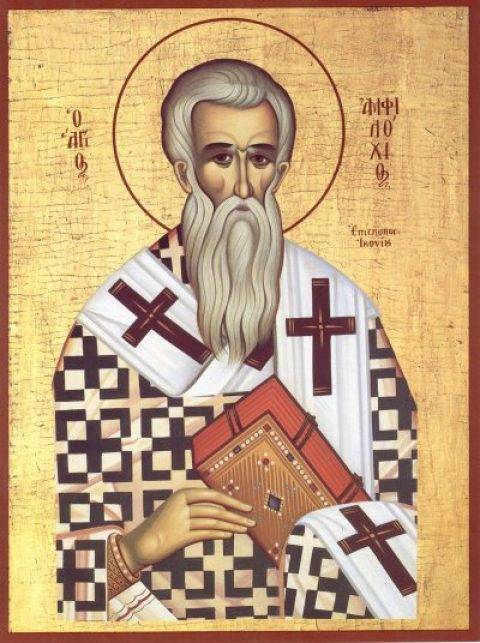
Calendar for December 6 Saint Amphilochius of Iconium
Born in Caesarea Cappadocia, a countryman and friend of Saint Basil the Great....
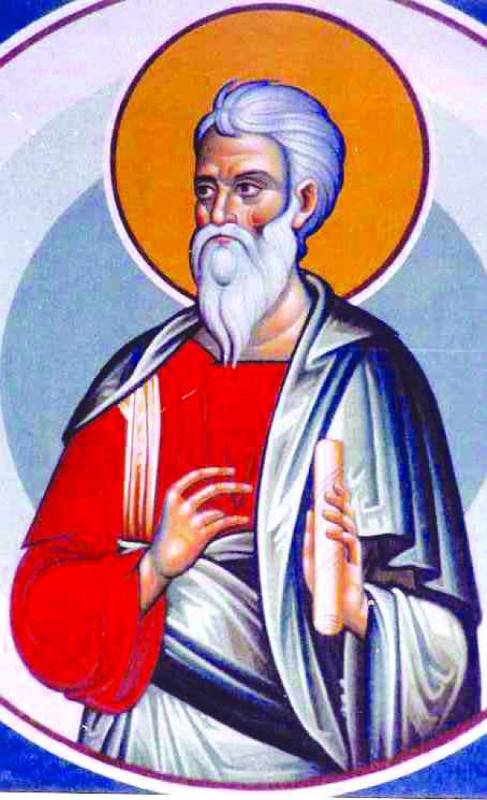
Calendar for December 5 Holy Apostles Philemon, Apphia and Archippus
Saint Philemon was a native of Colossae. A disciple of the Apostle Paul. The...
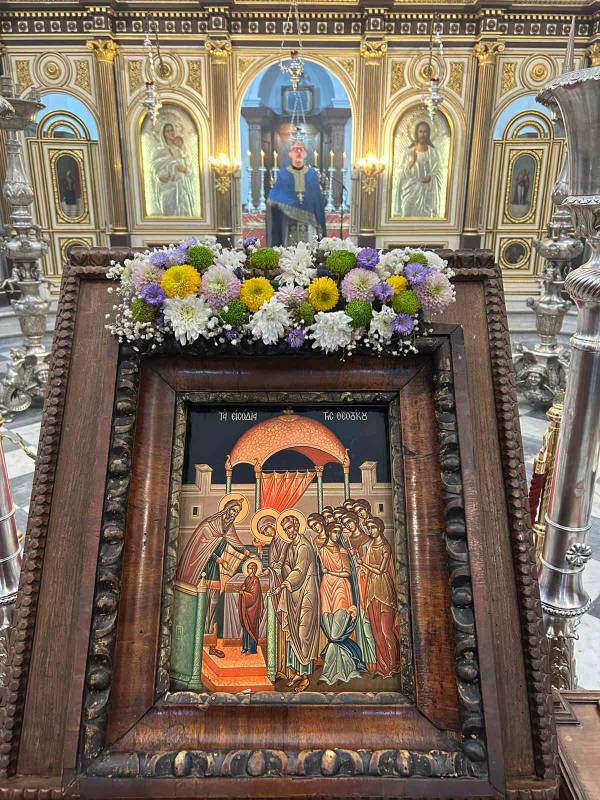
THE INTRODUCTION OF THE MOTHER OF GOD LITURGICALLY CELEBRATED IN THE CHURCH OF ST....
The Feast of the Introduction of the Mother of God was liturgically celebrated...


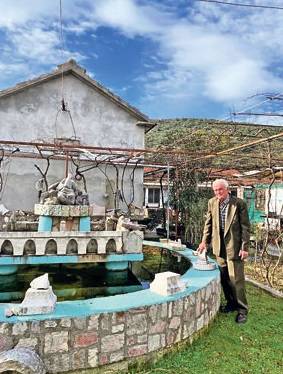

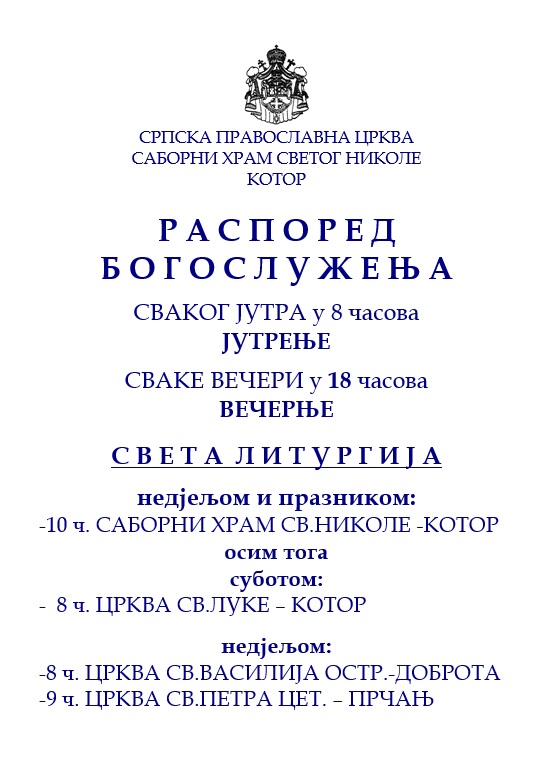
.png)